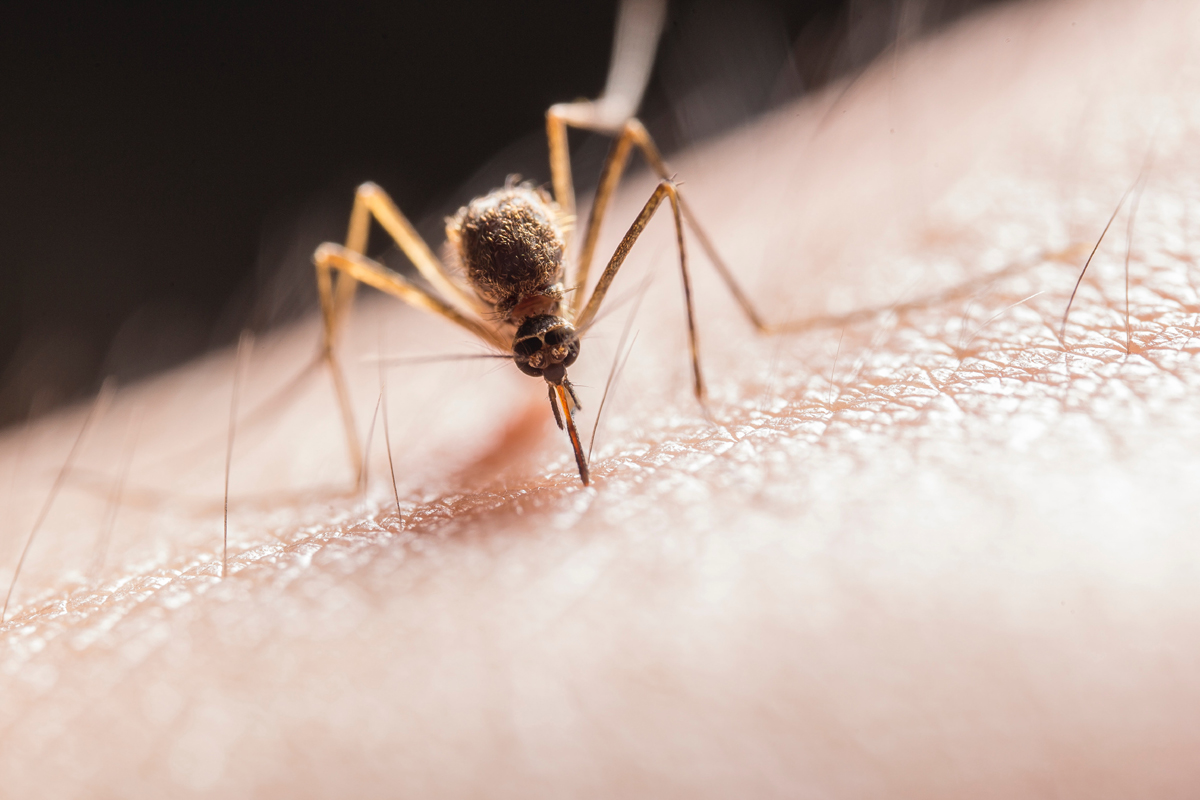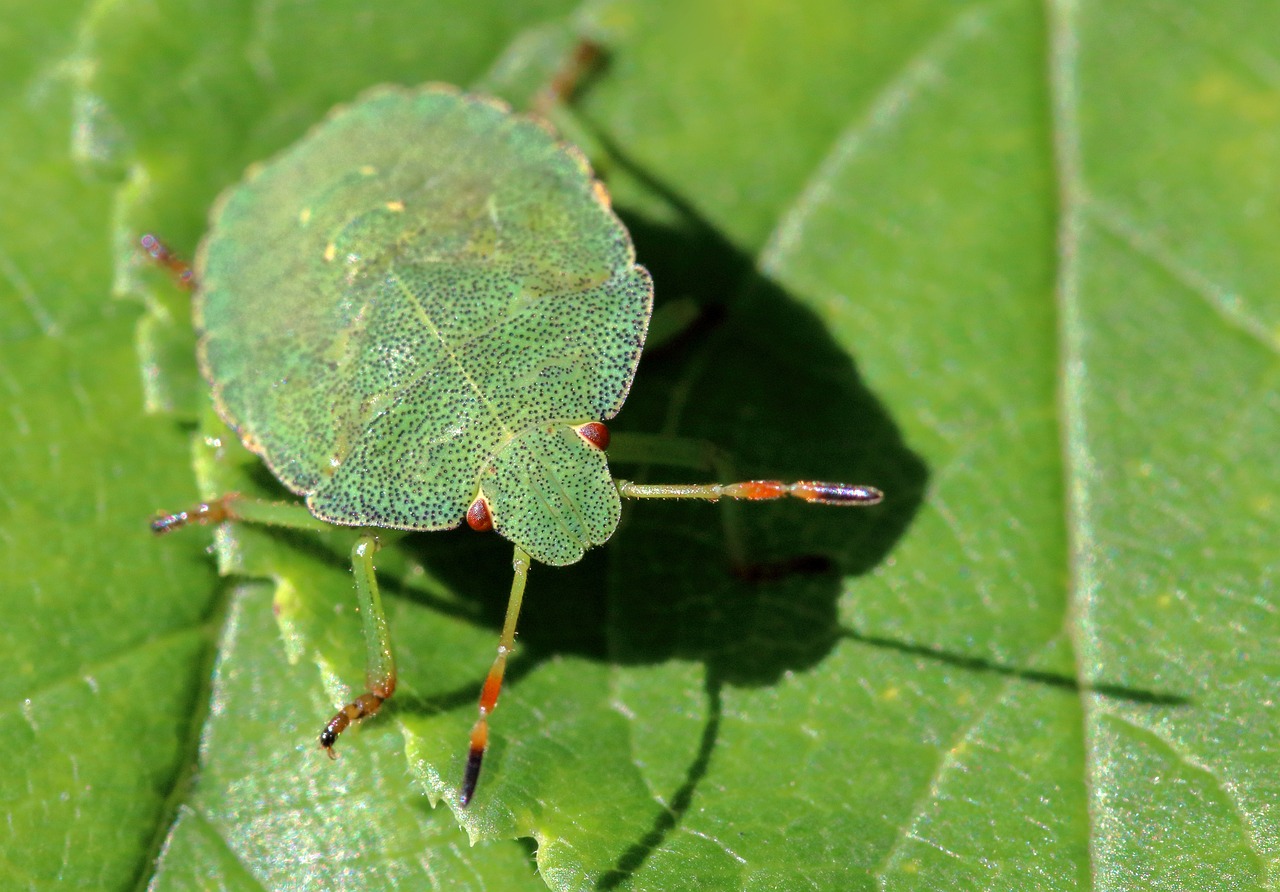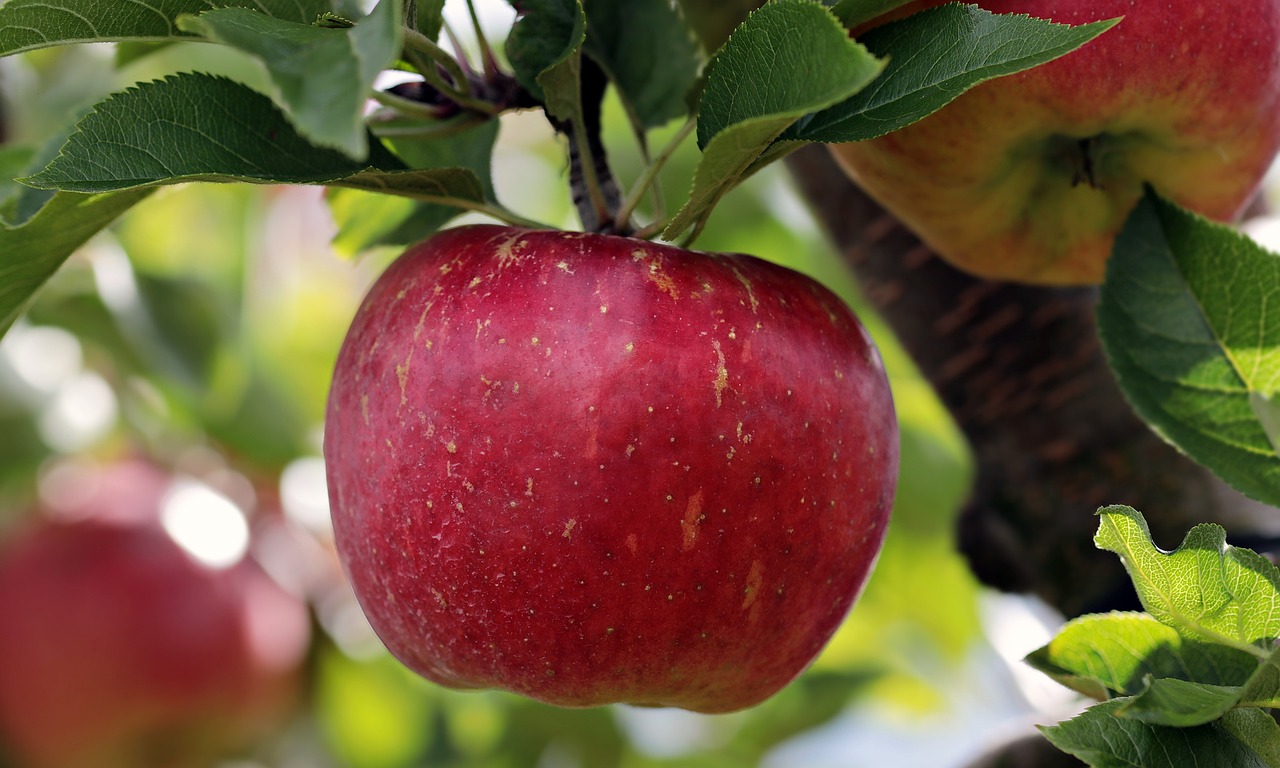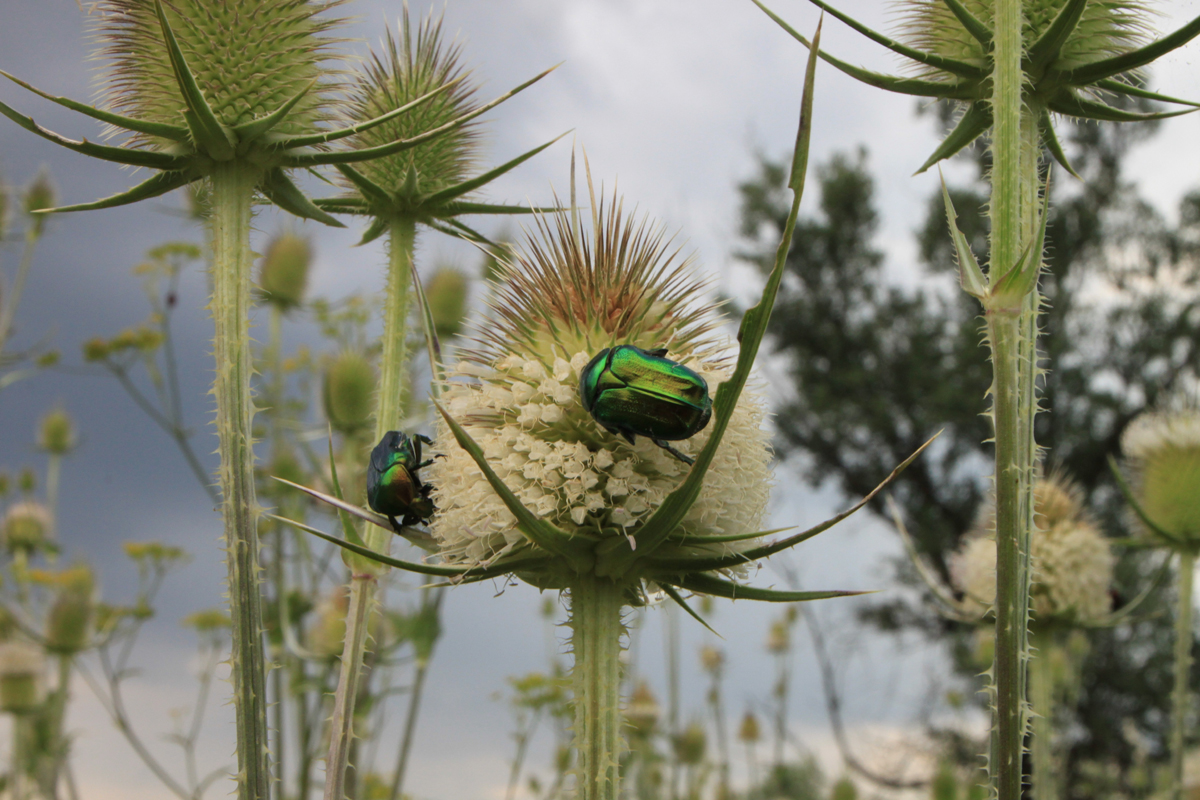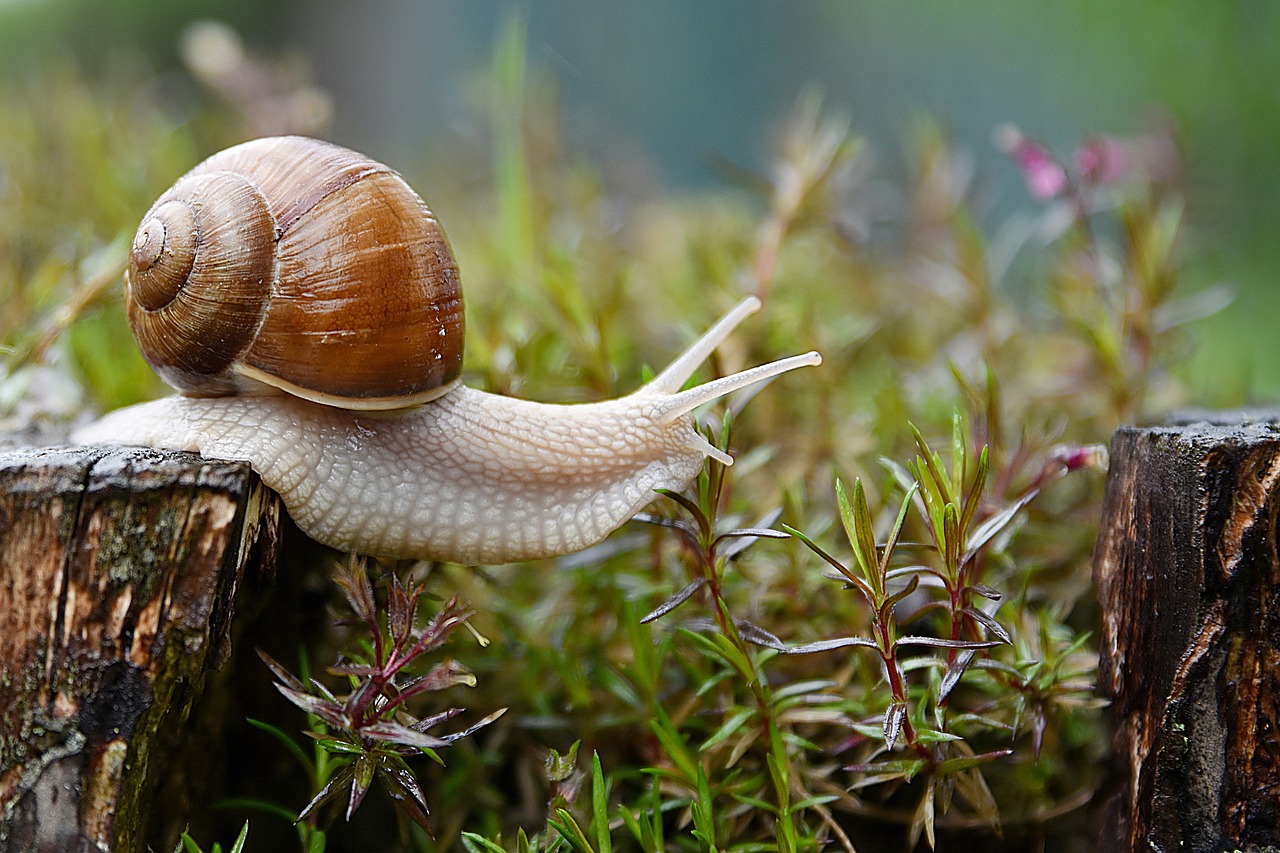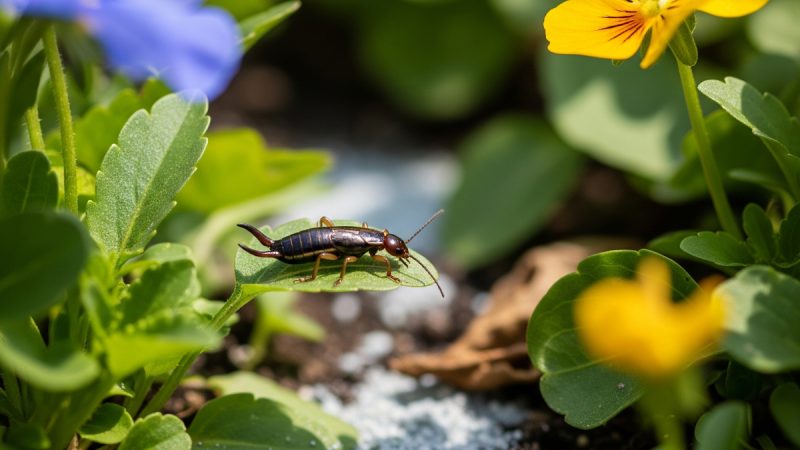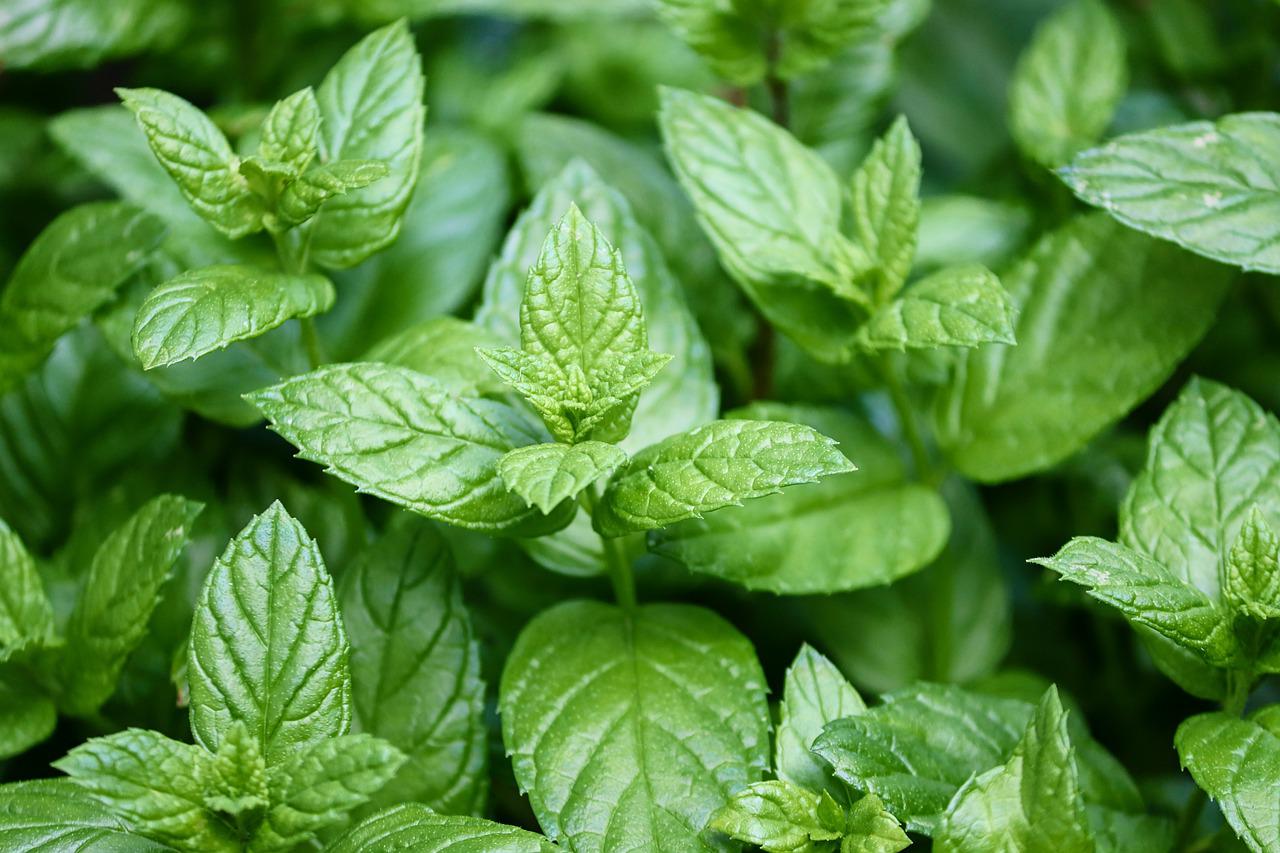Clues to Determine and Deter Unwanted Animals in Your Yard and Garden

Holmes and Watson, Riggs and Murtaugh, Starsky and Hutch – when it comes to sleuthing out just what critter is munching on your spring garden, you may feel like your partnership with Mother Nature is as contentious as any that ever graced the big, or small screen. After all, how are you supposed to fight the “crime” of a decimated garden if you can’t identify the suspect who’s been devouring your daylilies?
And while Mother Nature may happily grace your garden with rain, warmth and sunshine, she may not always be on the same team when it comes to keeping critters out of your gardens and landscapes. Foraging pests can destroy your yard, literally overnight.
It is possible to thwart garden thieves, but first you have to know what animals have been dining on your plants and shrubs. Once you’ve identified the culprits, you can settle on effective animal repellents that will persuade pests to leave your garden alone. Here are some facts to get your detective work under way:
Devouring Deer
Ragged bites, typically a foot or more above the ground indicate deer damage. Deer are notorious for devouring gardens and landscapes. You’ll see them, and their offspring, every year, making dinner of your daisies, daylilies and other ornamental plants.
Ravenous Rabbits
If plant damage is low to the ground – a few inches above the soil – and includes stems clipped cleanly at an angle, you’re probably dealing with rabbits. These four-legged foragers will eat just about any kind of vegetation, including your fabulous flowers, bushes and other woody plants. If you don’t want bunnies nesting and raising families near your garden, remove brush and other debris that could provide them with shelter.
Voracious Voles
When flower bulbs disappear from the ground or plant roots go missing, chances are you have voles – mouse-like creatures that burrow underground and that are highly destructive to gardens. Exit holes are further indications that voles are tunneling under your garden. Teeth marks around the base of trees, droppings or trails in the grass can also indicate the presence of voles.
Greedy Groundhogs
Mounds of dirt beside burrow entrances are a sure sign of groundhogs, a garden pest that eats just about every type of green plant. Groundhogs can destroy a garden. These solitary herbivores live in burrows underground.
Capricious Chipmunks
The on-screen antics of Chip and Dale might charm your children, but the presence of chipmunks in your garden is nothing but bad news. Damage to flower bulbs, plant shoots and leaves, uprooted plants and dug-up roots are all signs you have chipmunks. Their underground burrows may be a challenge to spot since the entrances are usually only about 2 inches in diameter and not surrounded by noticeable dirt mounds. You can curtail their activity by removing yard debris where chipmunks hide.
Salacious Squirrels
While you might think of them as mostly the enemy of anyone with a bird feeder, squirrels can also cause damage to gardens. They live in colonies, digging underground tunnels and mounds in grassy areas and around trees that can lay waste to gardens and landscapes.
Once you’ve identified the culprits assaulting your garden, you’ll need the right tools to take care of them. Most traditional pest-control measures – row covers, netting, noise deterrents, predator urine or even human hair strewn around the yard – simply don’t work. Fences can do the job, but they’re expensive and you may live in a community that restricts the type and height of fences you can erect.
Some small animal repellents, however, do work. Bobbex-R is all-natural, environmentally friendly and proven effective at protecting ornamental plantings from small, four-legged garden critters. In testing by the Connecticut Agricultural Experiment Station, the product – which works through smell and taste aversion – received a 100 percent efficacy rating at repelling rabbits. Usable in any weather, it won’t burn plants or wash off.
Use it as a bulb dip to deter underground damage, or spray it at the mouth of burrows to prevent animals from re-entering. Safe for humans, pets, birds and aquatic life, Bobbex-R contains no petro chemicals.
To thwart deer damage, try Bobbex Deer, an all-natural repellent made from a combination of ingredients, including putrescent eggs, garlic, fish, clove oil and vinegar. By mimicking predator scents, this fear repellent also tastes unpleasant to deer. The product is more effective than nine other commercial repellents (including coyote urine), according to independent testing by the Connecticut AG Station. Testers gave it a 93 percent protection index, second only to a fence at 100 percent.
The Author:
For more information on keeping wildlife away from your yard and garden please visit www.bobbex.com.


